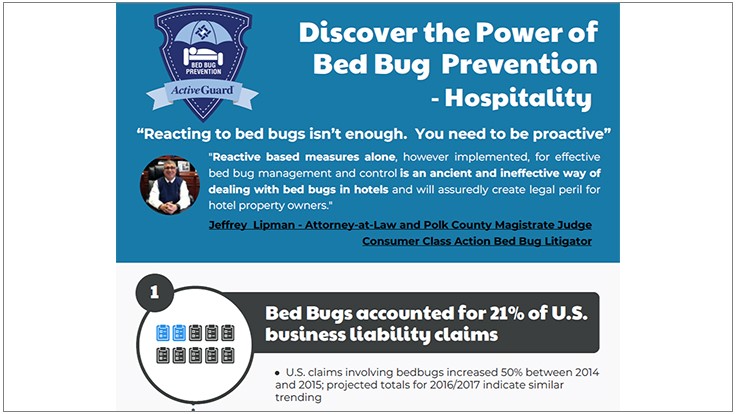By Getting Understanding Right Into The Complexities Of Rodent Nesting Habits, You Can Develop A Thorough Technique To Rodent Control That Outwits These Insects
By Getting Understanding Right Into The Complexities Of Rodent Nesting Habits, You Can Develop A Thorough Technique To Rodent Control That Outwits These Insects
Blog Article
Post By-Bridges Avery
When it concerns rodent control, understanding usual rodent behavior is vital to effectively managing invasions. Did you know that rodents have some remarkable nesting habits that might surprise you? By discovering their detailed habits, you can acquire important insights into exactly how to deal with rodent concerns in a much more tactical and reliable manner. So, allow's unwind the secrets behind these animals' activities and find out just how to outmaneuver them in your rodent control initiatives.
Rat Nesting Habits
When observing rats in their all-natural habitat, you'll notice that they actively seek out products to construct their nests. Rats, such as mice and rats, are resourceful animals that utilize a range of products like twigs, leaves, paper, and material to build their homes. They're precise in their nest-building procedure, often lining their nests with softer materials like hair or plumes to create a comfy atmosphere.
Rodents like to construct their nests in covert and safe and secure areas to shield themselves and their young from predators. Usual nesting places include wall surface tooth cavities, attics, cellars, and also within insulation products. By constructing their nests in these secluded areas, rodents can safely raise their children far from potential threats.
It is vital to understand the nesting practices of rodents when carrying out control actions. By interrupting their nests or eliminating materials, you can inhibit rats from developing a visibility in your home or residential property. Proper cleanliness and sealing off entrance points are also important action in preventing rodent invasions.
Rat Feeding Patterns
After observing rodents' nesting routines, it becomes obvious that their feeding patterns play a vital function in their day-to-days live and behaviors. Rodents, including computer mice and rats, are opportunistic feeders, implying they'll consume whatever food resource is easily offered. Suggested Web page , favoring to forage for food throughout the cover of evening to avoid predators.
Rats have a varied diet regimen, varying from grains, seeds, fruits, and vegetables to insects, nuts, and also tiny animals. This versatility in their food options permits them to flourish in different environments, consisting of city areas where human food sources are abundant.
Their feeding patterns aren't just driven by appetite but likewise by the need to stockpile food for times of shortage. visit this web-site is particularly visible to prepare for winter season or when nesting. Rodents are recognized to hoard food in their nests or burrows, making certain a constant food supply. Understanding their feeding patterns is crucial in implementing efficient rodent control steps to disrupt their food sources and stop problems.
Rodent Movement and Traveling
Rodents navigate their environments with agility and stealth, utilizing their keen senses to move promptly via their environments. These animals are adept mountain climbers, able to scale walls and vertical surfaces easily. They can also press via remarkably small openings, making it critical to seal any type of potential entry points in your house.
When it comes to taking a trip, rodents often tend to comply with acquainted courses, developing trails along wall surfaces or skirting the edges of spaces. They're creatures of habit, typically adhering to these developed courses as they forage for food or explore their surroundings.
Rodents are known for their nighttime routines, so you might hear them scooting around in the evening as they look for food and water. Their activities fast and unpredictable, enabling them to dart in and out of view in the blink of an eye.
Comprehending just how rats relocate and travel can assist you recognize potential infestation areas in your home and take positive steps to avoid these insects from acquiring a grip.
Conclusion
As you work to control rodents in your home, keep in mind that comprehending their habits is essential. By acknowledging their nesting habits, feeding patterns, and motion, you can successfully stop problems.
Coincidentally, by taking positive measures to remove food sources and seal off access points, you can interrupt their acquainted courses and force them to look for brand-new areas, ultimately minimizing the chance of rodent presence in your space.
